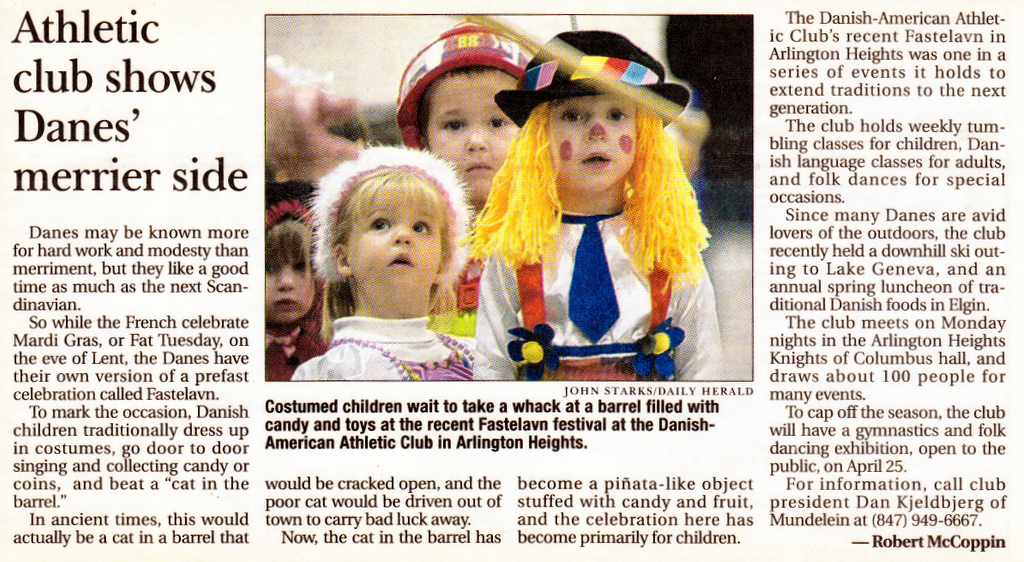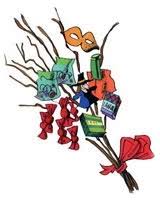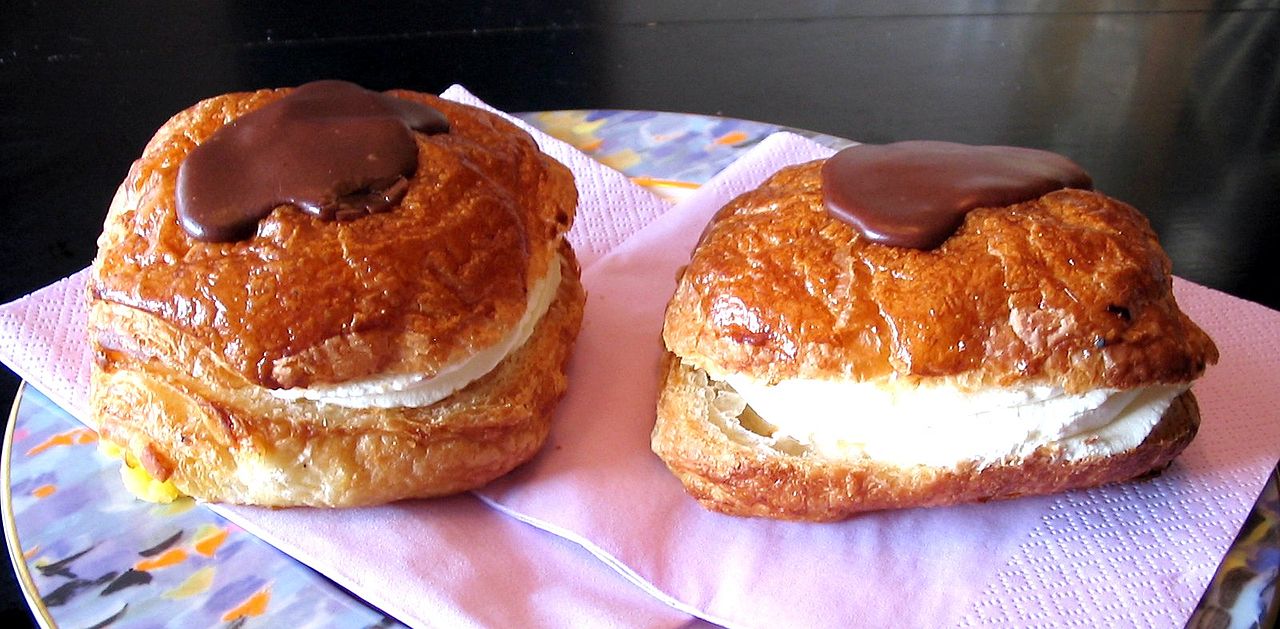

- Calendar
- Directions
- History
- Pictures
- 2024 - Fastelavn
- 2022 - Christmas
- 2022 - Spring Luncheon
- 2022 - Fastelavn
- 2021 - Christmas
- 2020 - Golf Outing
- 2019 - Christmas
- 2019 - Spring Luncheon
- 2018 - Christmas
- 2018 - Fastelavn
- 2017 - Bingo
- 2017 - Christmas
- 2017 - Lego Event
- 2017 - Fastelavn
- 2016 - Christmas
- 2015 - Christmas
- 2014 - Fastelavn
- 2013 - Fastelavn
- 2012 - Spring Luncheon
- 2012 - Christmas
- 1972 - 50th Anniversary Banquet
- WWII DAAC Servicemembers
- From the Archives
- Danish B/W Pictures
- Traditions
- Links
- Contact Us
- Themes
DAAC in the News

History of Fastelavn

Fastelavnstønde Fastelavn is an extremely old traditional Danish carnival custom celebrated in February. Fastelavn was original held in the Eastern part of Denmark and Skåne, and was probably brought to Denmark from Holland. The tradition has since spread to the rest of Denmark and Scandinavia.
In earlier days Fastelavn marked the beginning of a period of fasting. It was the day when you prepared
yourself for fasting (Lent) by eating as much as possible. Fastelavn also meant having a lot of fun -
playing games, dressing up and partying.

Fastelavnsris While many of the customs have survived, most people no longer fast on Fastelavn, however children still wear costumes and play the traditional Fastelavn games. One of these is the so-called "Slå katten af tønden" ("beating of the barrel" or "knocking the cat out of the barrel") game. In medieval times this game was taken very seriously - a live cat would be placed in a barrel (Fastelavnstønde), and the barrel was beaten with sticks until it broke and the cat escaped. It was then chased out of the town, and people believed that it would take the collective bad luck and evil spirits of the town with it.
Another popular custom (especially among the children) is the Fastelavnsris, with which children ritually
flog their parents to wake them up on the morning of Fastelavns Sunday. Fastelavnsris have many shapes and forms
and differ from area to area. In some areas they are bunches of twigs, usually from fruit trees and preferably
with buds. Those are often decorated with feathers, egg-shells, storks and little figures of babies. In other
areas, they are a bent willow-branch, shaped like an ankh and wound with crepe paper that has frizzles cut with
scissors. Both varieties may be decorated with candy as well.

Fastelavnsboller These days the game is symbolic and definitely not played with live animals. Children gather around a barrel (filled with candy and fruit and usually decorated with black cats), which hangs from the ceiling or from a tree (depending on the game being played indoors or outdoors). They then take turns hitting the barrel with a wooden club until the barrel finally breaks. The lucky child causing the barrel to fall apart is crowned "Kattekongen" ("the King or Queen of cats") and is given a golden paper crown.
Fastelavnsboller (buns) are a popular seasonal treat. Made from pastry dough and decorated with icing,
they can be found in virtually any bakery or konditori at this time of year. In the traditional Fastelavn
song (which every Danish child knows by heart), young rascals demand the famous buns from their neighbours,
sweetly threatening to "make trouble". It goes like this:
Fastelavn er mit navn,
boller vil jeg have.
Hvis jeg ingen boller får,
så laver jeg ballade.
boller vil jeg have.
Hvis jeg ingen boller får,
så laver jeg ballade.
Fastelavn er mit navn
boller i min mave.
Hvis jeg ingen boller får,
så laver jeg ballade.
boller i min mave.
Hvis jeg ingen boller får,
så laver jeg ballade.
Another Fastelavn activity is going from door to door in the neighborhood singing and then collecting candy
or money - very similar to the American tradition of "trick or treat" on Halloween.